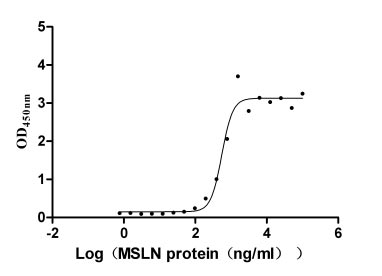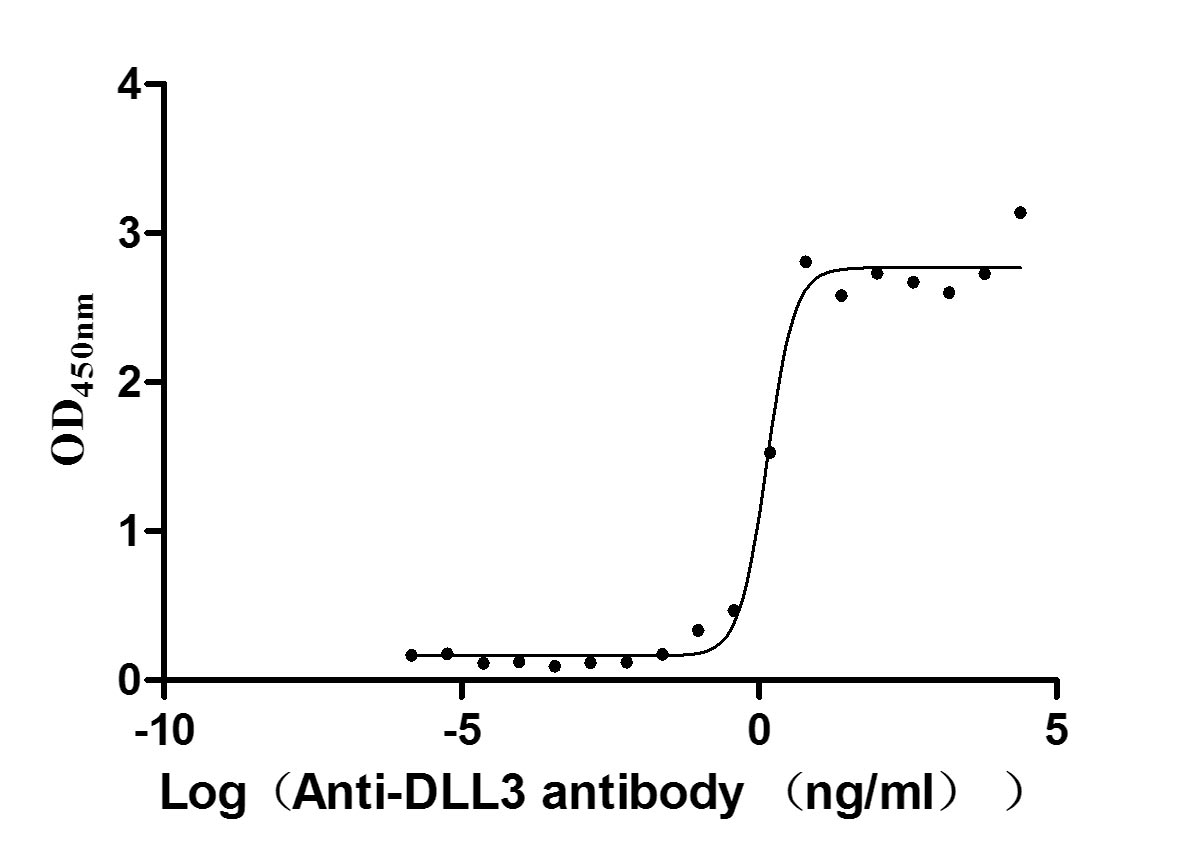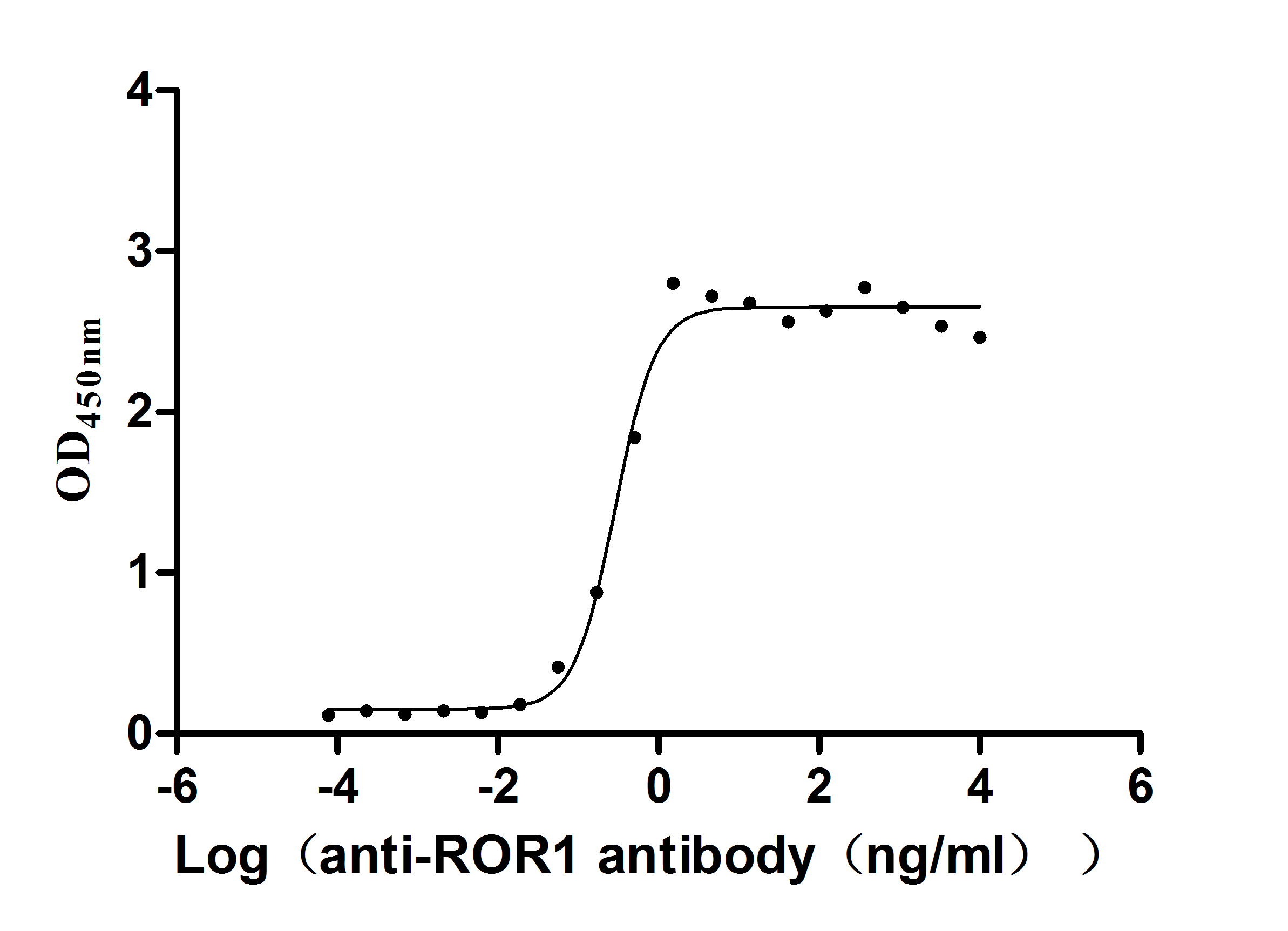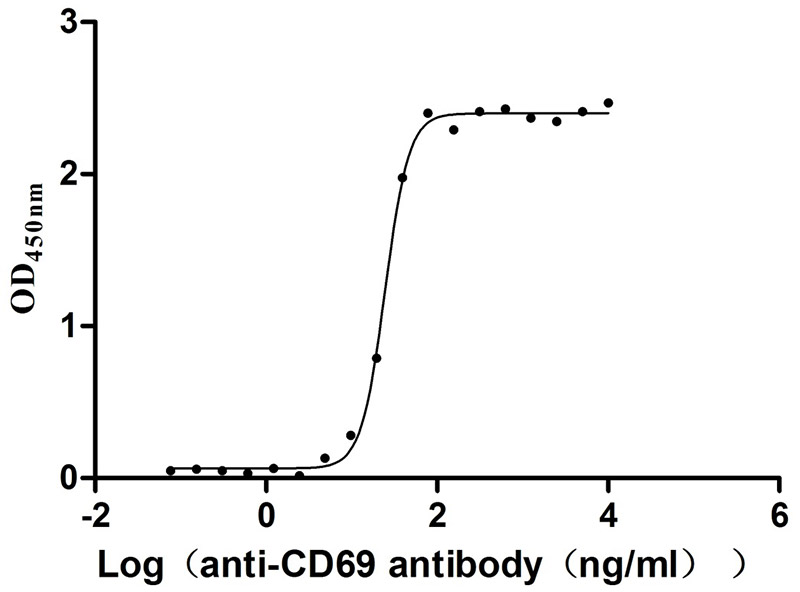Recombinant Western equine encephalitis virus Structural polyprotein, partial
产品详情
-
基因名:
N/A
-
Uniprot No.:
-
别名:
Structural polyprotein; p130
-
种属:
Western equine encephalitis virus (WEEV)
-
蛋白长度:
Partial
-
表达区域:
798-1236
-
氨基酸序列
FEHATTVPNVPGIPYKALVERAGYAPLNLEITVVSSELTPSTNKEYVTCRFHTVIPSPQV
KCCGSLECKASSKADYTCRVFGGVYPFMWGGAQCFCDSENTQLSEAYVEFAPDCTIDHAV
ALKVHTAALKVGLRIVYGNTTAHLDTFVNGVTPGSSRDLKVIAGPISAAFSPFDHKVVIR
KGLVYNYDFPEYGAMKPGAFGDIQASSLDATDIVARTDIRLLKPSVKNIHVPYTQAVSGY
EMWKNNSGRPLQETAPFGCKIEVEPLRASNCAYGHIPISIDIPDAAFVRSSESPTILEVS
CTVADCIYSADFGGSLTLQYKADREGHCPVHSHSTTAVLKEATTHVTAVGSITLHFSTSS
PQANFIVSLCGKKTTCNAECKPPADHIIGEPHKVDQEFQAAVSKTSWNWLLALFGGASSL
IVVGLIVLVCSSMLINTRR
Note: The complete sequence including tag sequence, target protein sequence and linker sequence could be provided upon request.
-
蛋白标签:
N-terminal 10xHis-tagged
-
产品提供形式:
Liquid or Lyophilized powder
Note: We will preferentially ship the format that we have in stock, however, if you have any special requirement for the format, please remark your requirement when placing the order, we will prepare according to your demand.
-
缓冲液:
Lyophilized from Tris/PBS-based buffer, 6% Trehalose, pH 8.0
-
储存条件:
Store at -20°C/-80°C upon receipt, aliquoting is necessary for
mutiple use. Avoid repeated freeze-thaw cycles.
-
保质期:
The shelf life is related to many factors, storage state,
buffer ingredients, storage temperature and the stability of the protein
itself.
Generally, the shelf life of liquid form is 6 months at -20°C/-80°C. The
shelf life of lyophilized form is 12 months at -20°C/-80°C.
-
货期:
Basically, we can dispatch the products out in 1-3 working days after receiving your orders. Delivery time may differ from different purchasing way or location, please kindly consult your local distributors for specific delivery time.
Note: All of our
proteins are default shipped with normal blue ice packs, if you
request to ship with dry ice, please communicate with us in advance
and extra fees will be charged.
-
注意事项:
Repeated freezing and thawing is not recommended. Store working aliquots at 4°C for up to one week.
-
Datasheet & COA:
Please contact us to get it.
Most popular with customers




















